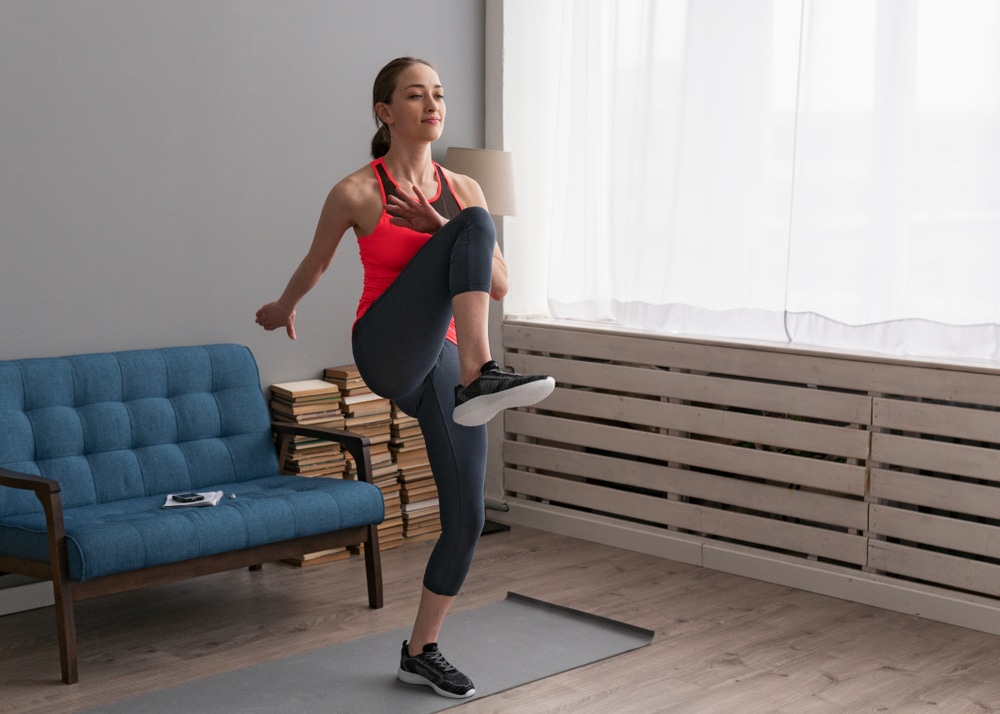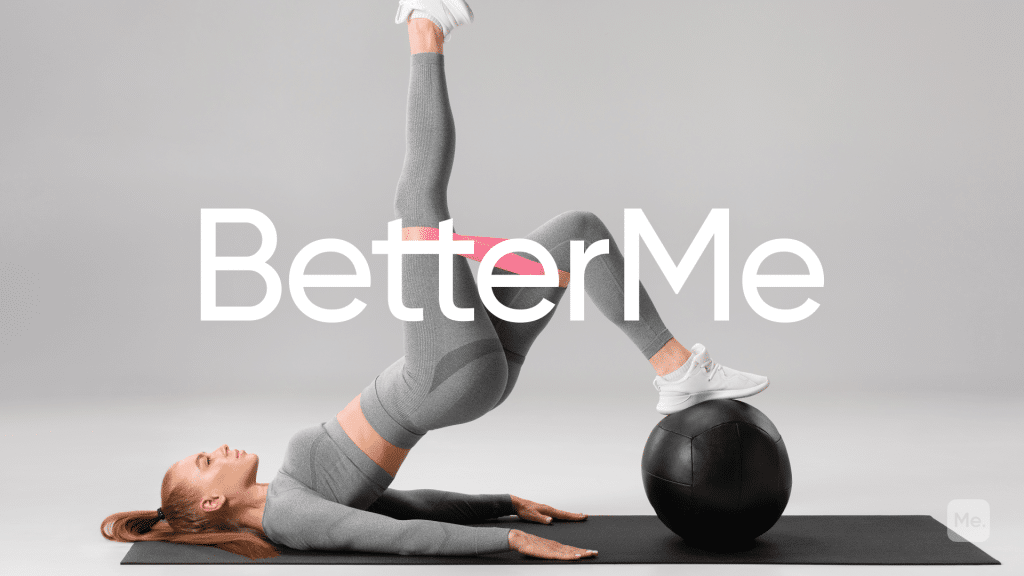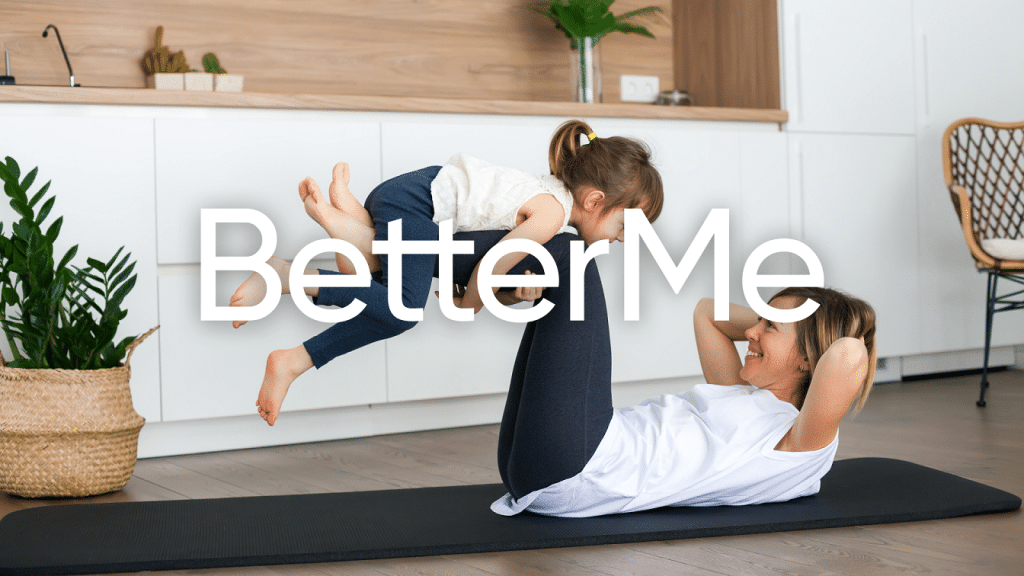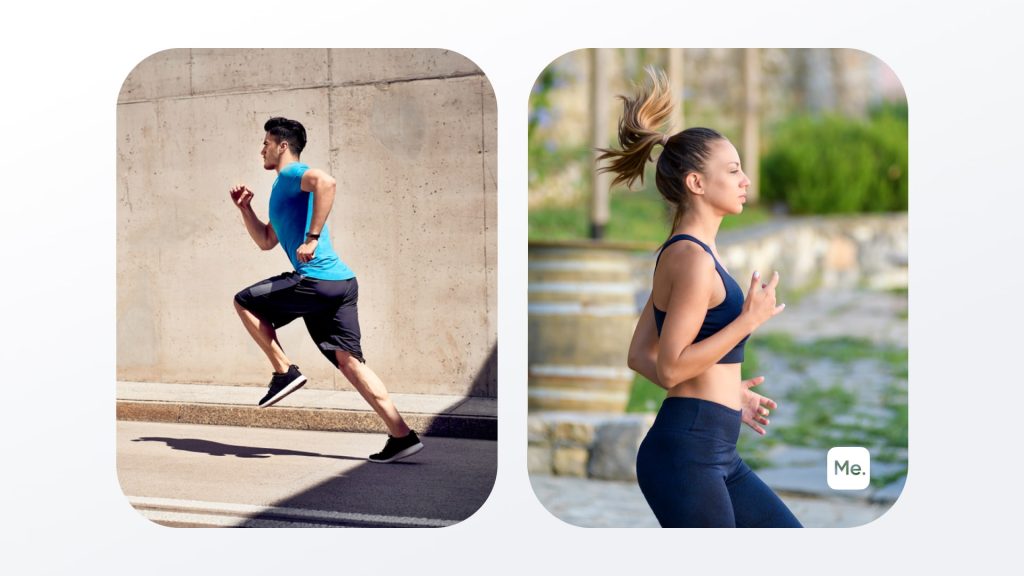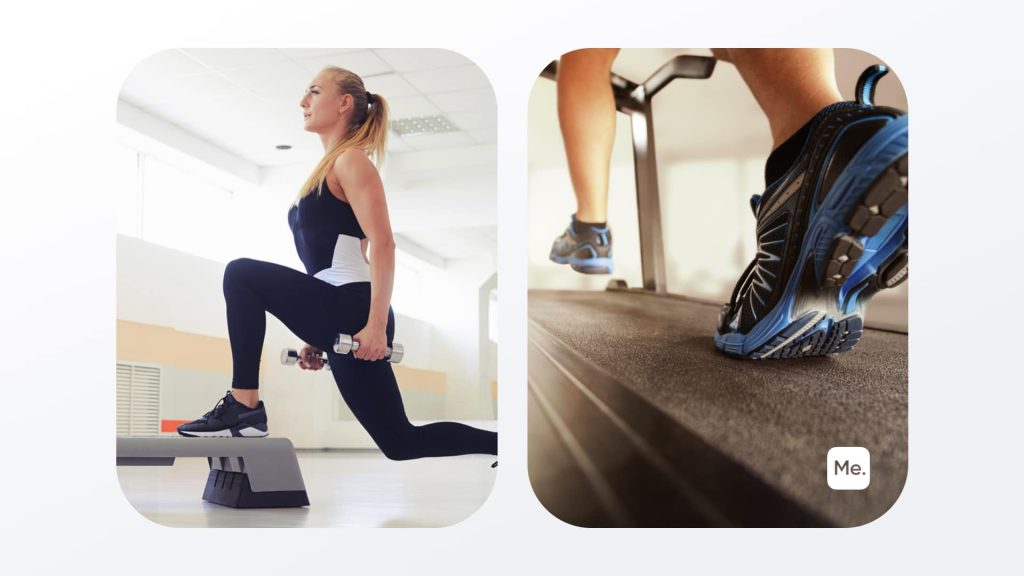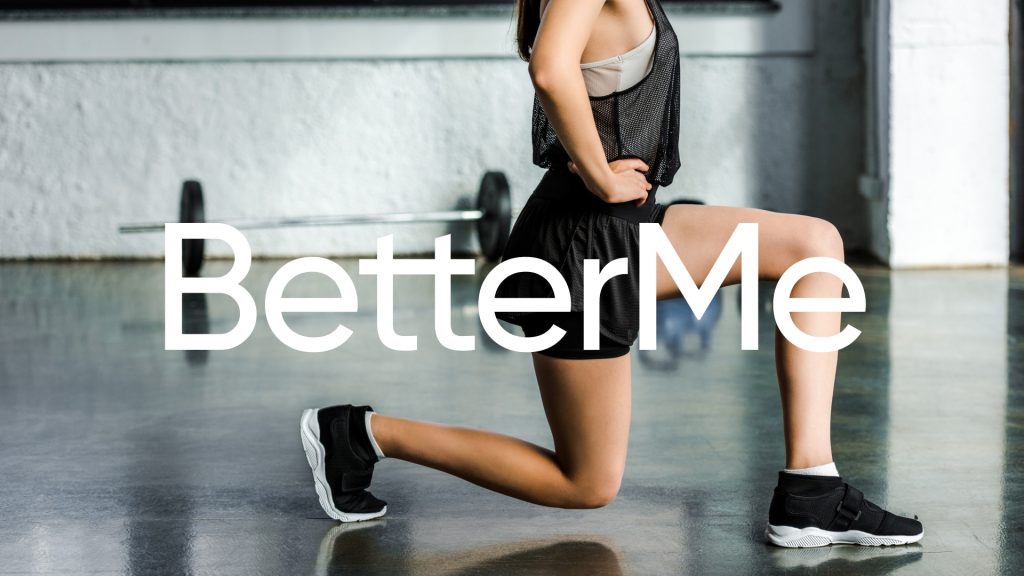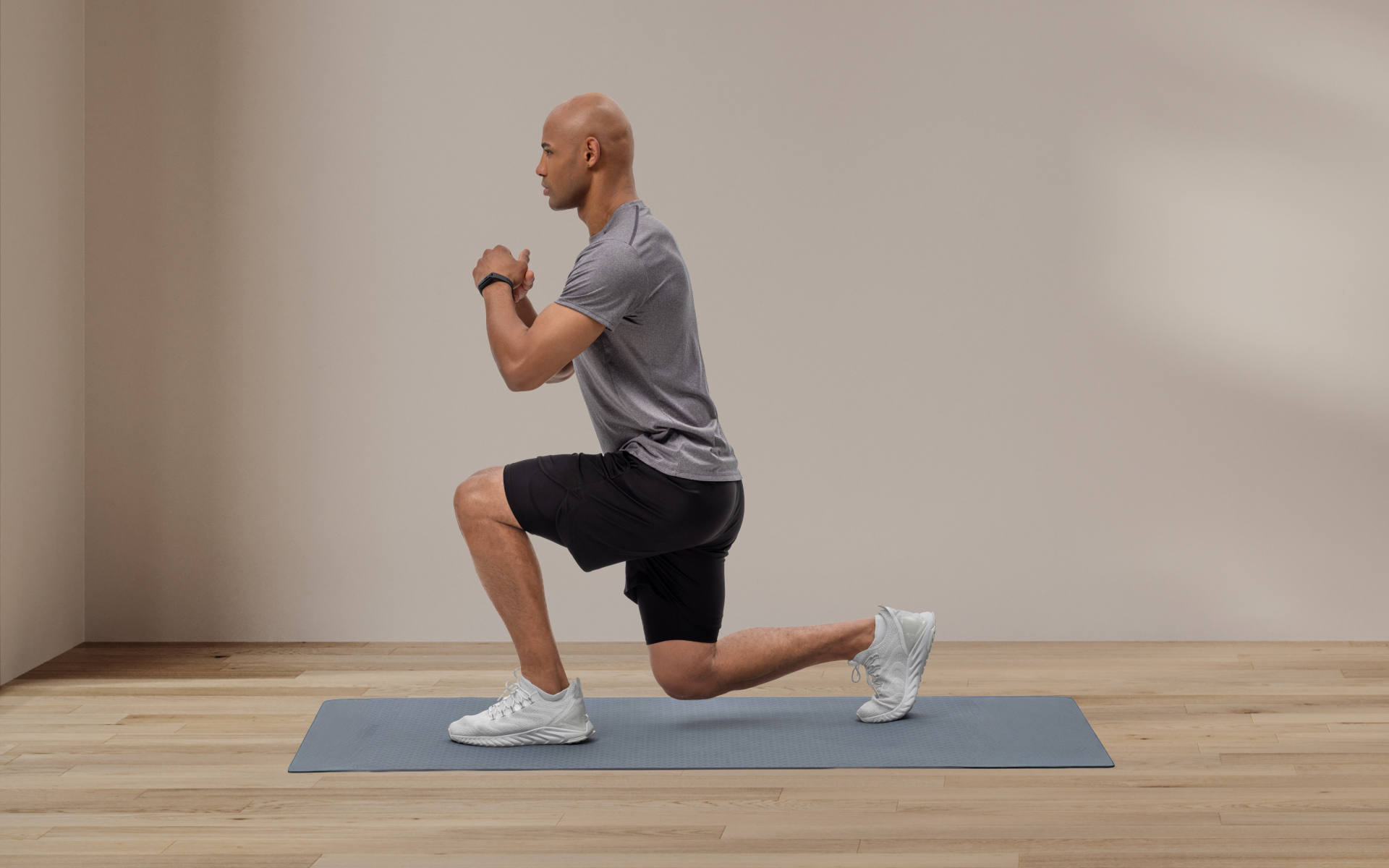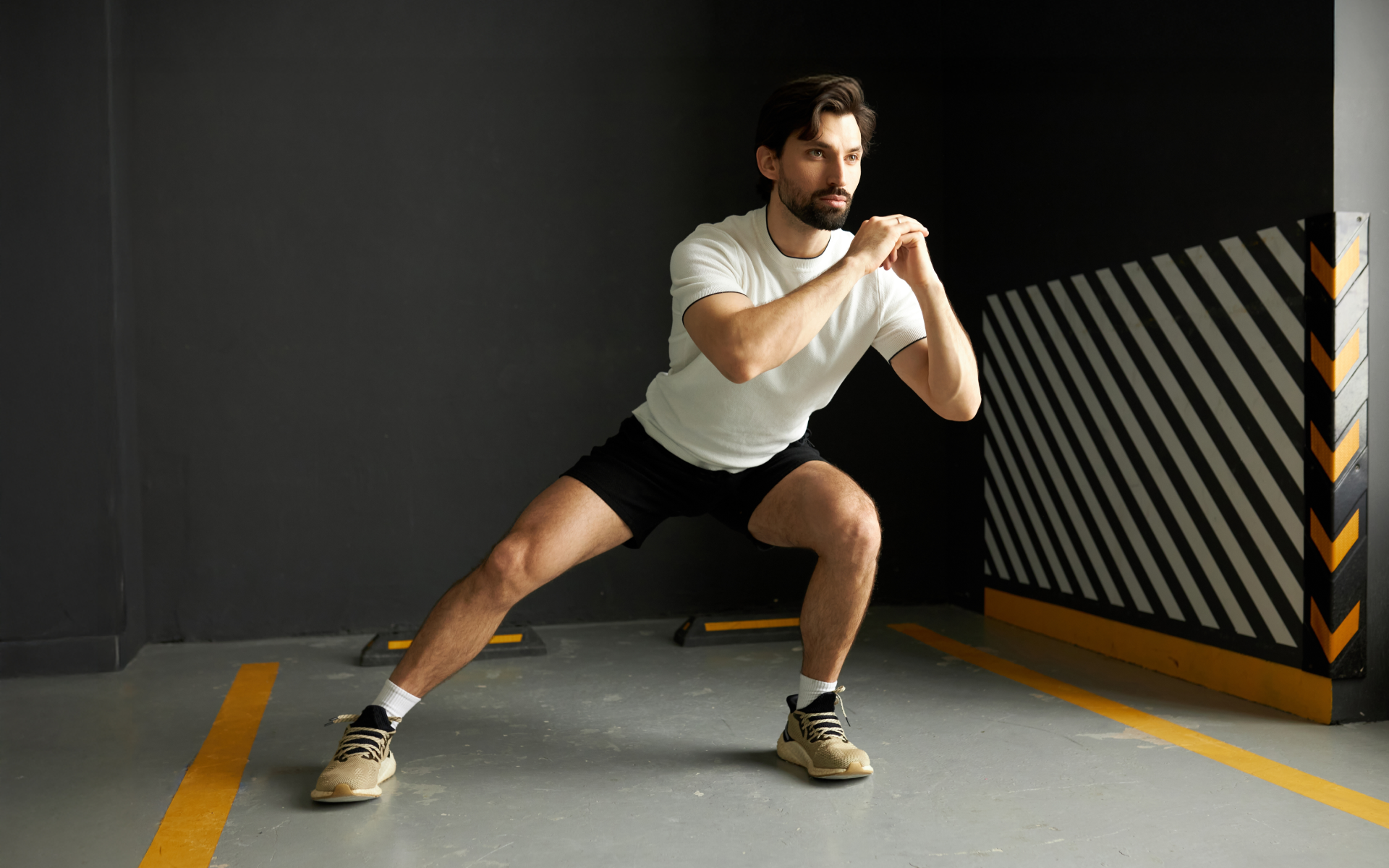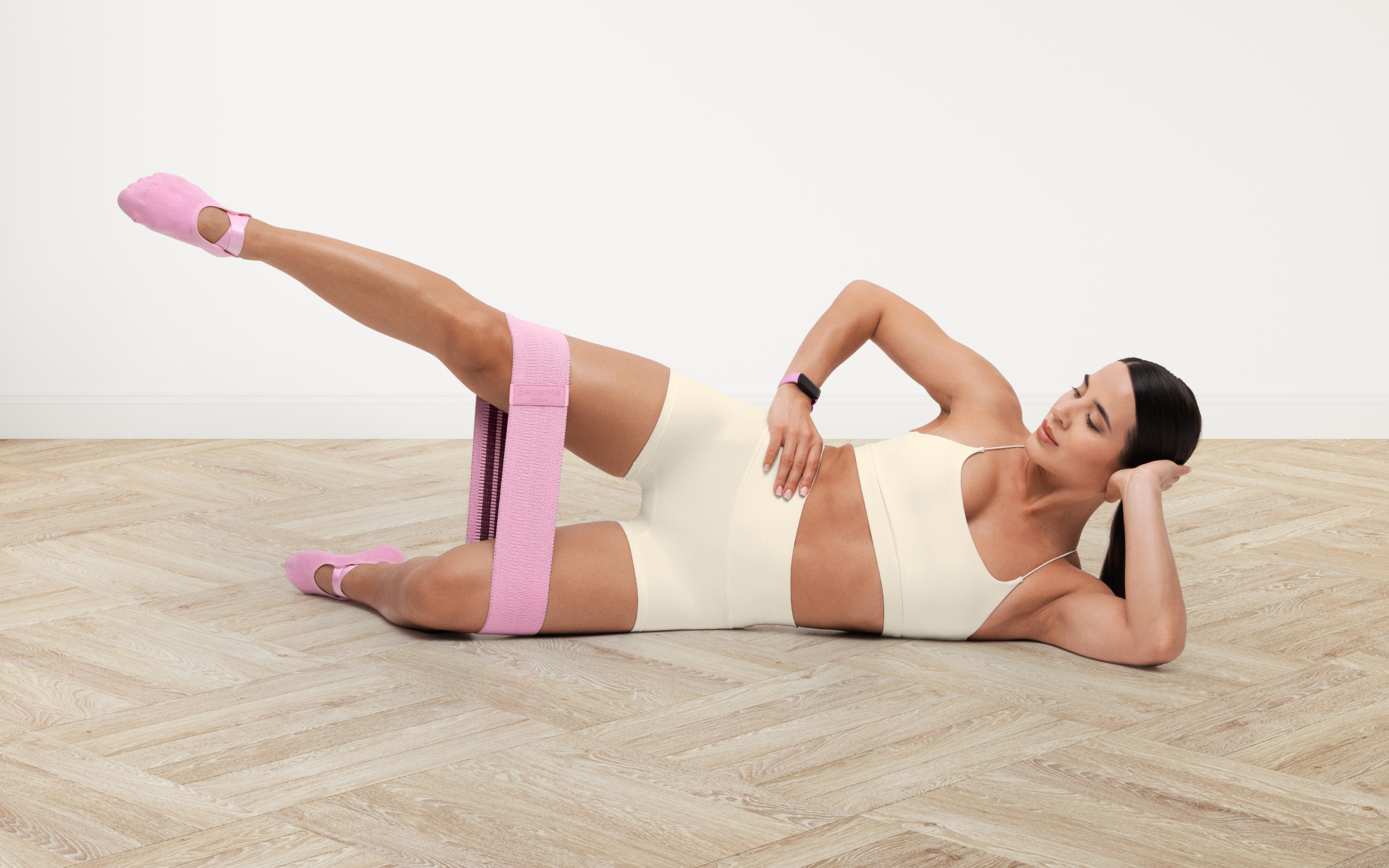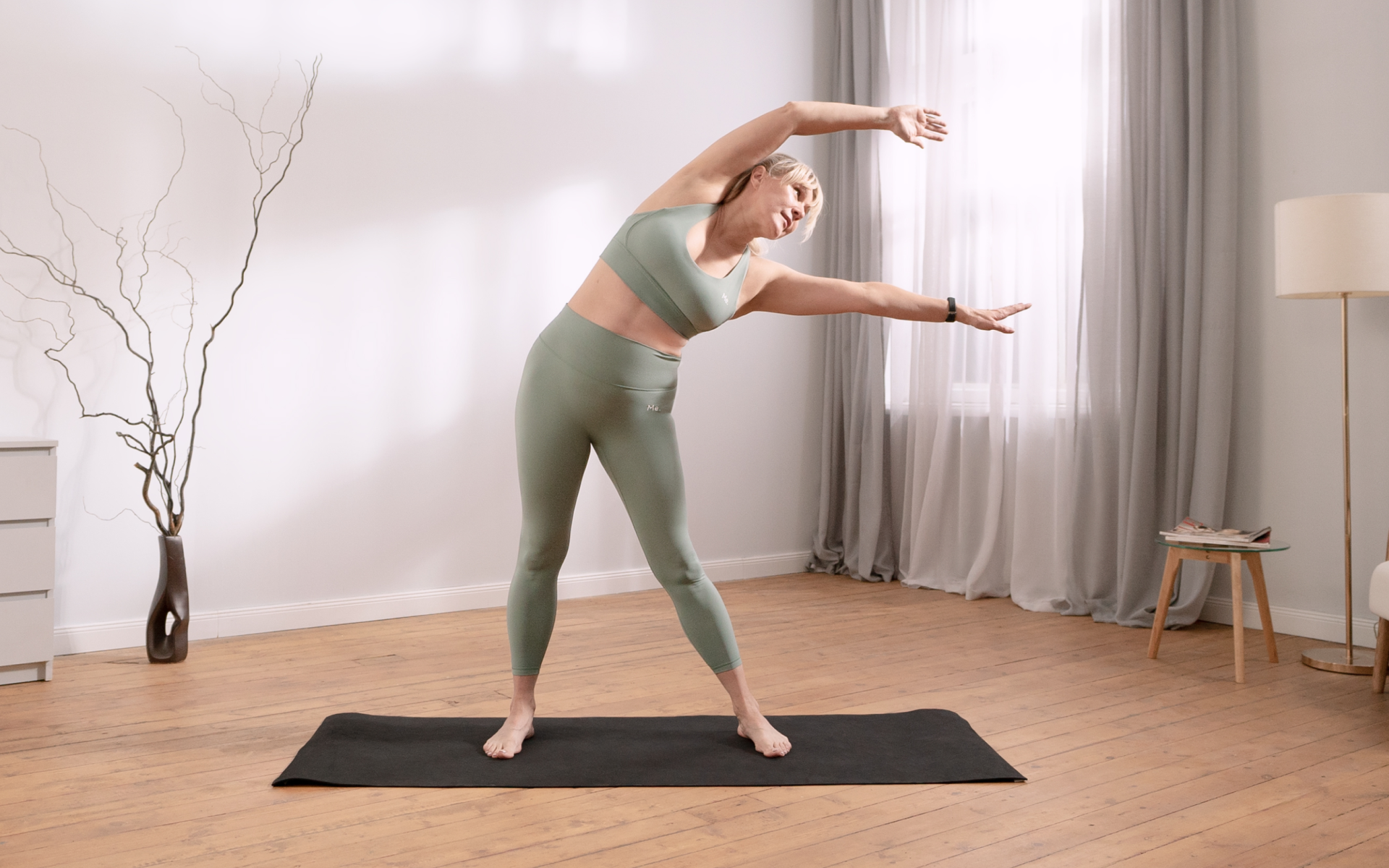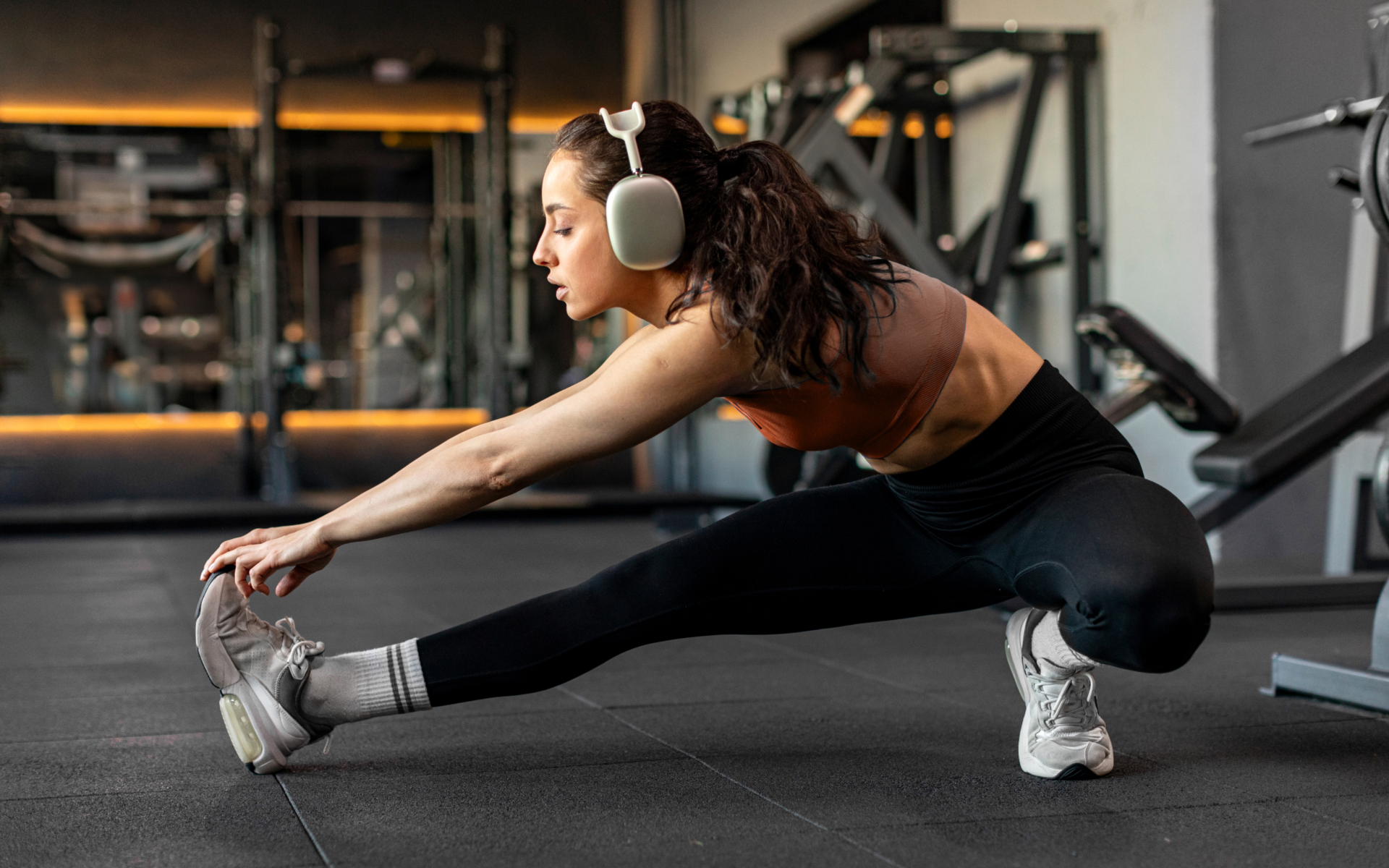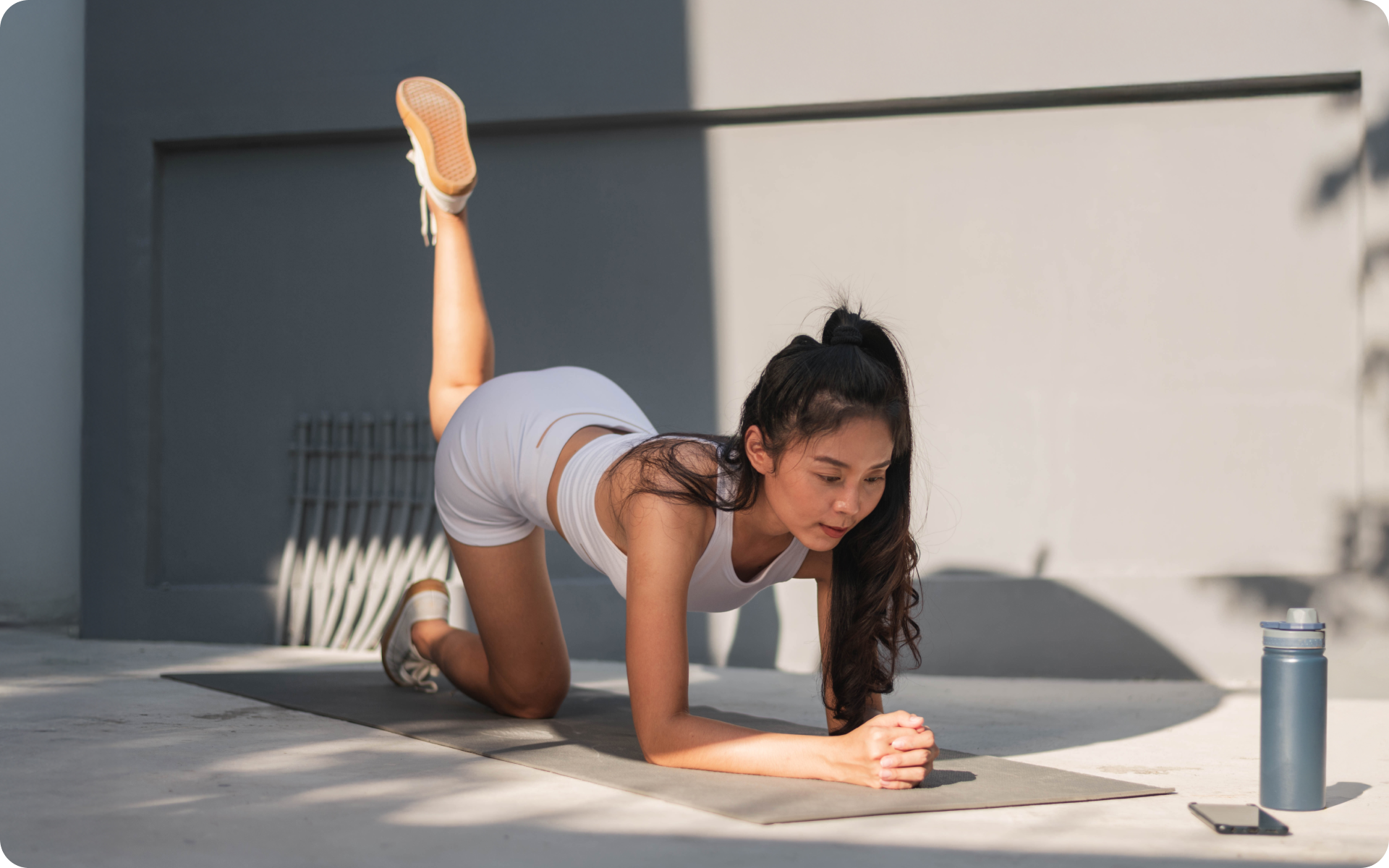Before you look down on high knees for being such a “basic” cardio move, know that this deceptively simple move is actually a great way to get your heart rate up and improve your speed, agility, and coordination. High knees are a running drill used by track athletes and distance runners to improve running form and technique, but they can also be incorporated into a cardio workout for anyone looking to get their heart rate up. In this article, we’ll cover the benefits of high knees, the muscles worked, and how to do it.
Get your personalized
meal plan!
What Are The Benefits Of Doing High Knees?
These seemingly simple movements can actually offer a range of benefits, both in terms of improving your running technique and helping you to torch calories.
Improve Running Form And Technique
If you’re a runner, incorporating high knees into your training can help improve your running form and technique. Because high knees involve quick and powerful knee lifts, they can help you develop the muscle memory and coordination needed to run with proper form.
Increase Speed And Agility
High knees can also help you develop the speed and agility needed for sprinting and other explosive sports movements. By teaching your body to move quickly and efficiently, high knees can help you become a faster and more agile athlete (3).
Increase Cardiovascular Endurance
In addition to improving speed and agility, high knees can also help you build cardiovascular endurance. Because it is a continuous, high-intensity movement, it can help you develop the endurance needed to sustain long periods of cardio activity (3).
Improve Coordination
High knees can also help improve coordination by teaching your body to move in a coordinated and efficient manner. By practicing high knees, you can improve your overall coordination and balance, which can help you in other sports and physical activities (3).
Burn Calories
Because high knees are a high-intensity cardio move, they can help you burn calories and lose weight. If you’re looking to get a cardio workout and burn some calories, high knees are a great option.
Read More: How To Get Rid Of Knee Fat: Exercises To Blast Away Your Knee Flab
Neuromuscular Training
High knees can also be used for neuromuscular training, which is a type of training that helps improve the communication between your nervous system and muscles (3).
By practicing high knees, you can help improve the connection between your brain and muscles, which can lead to better performance in other physical activities.
Strengthen Hip Flexor Muscles
High knees also help strengthen the hip flexor muscles, which are responsible for bringing the knee toward the chest. Strong hip flexor muscles are important for running, jumping, and other explosive movements (2).
Strengthen Forefoot And Toe Muscles
In addition to strengthening the hip flexor muscles, high knees also help strengthen the forefoot and toe muscles. These muscles are important for balance and stability when running and jumping.
Strengthen Your Core
Your core is important for stability and balance, and high knees can help you strengthen your core muscles (1). A strong core will help you in all physical activities, not just running.
What Muscles Do High Knees Work?
High knees target the following muscle groups:
Quadriceps
The quadriceps are a group of four muscles located on the front of the thigh. These muscles are responsible for extending the knee.
While performing high knees, your quadriceps work to lift your legs as high as possible.
Hamstrings
The hamstrings are a group of three muscles located on the back of the thigh. These muscles are responsible for bending the knee and extending the hip.
While performing high knees, your hamstrings contract to lift your legs up and bring them back down.
BetterMe app will kick you out of the mental funk, shake off your extra weight, rid you off your energy-zapping habits, and help you sculpt the body of your dreams. Intrigued? Hurry up and change your life for the better!
Glutes
Having strong glutes is a key factor in achieving a well-rounded physique. It also makes for a visually appealing backside.
The glutes are responsible for extending the hip, which is exactly what they do while performing high knees.
Core
The core muscles include the abdominals, obliques, and lower back. These muscles work together to stabilize the spine and pelvis.
While performing high knees, the core muscles contract to keep your body upright and prevent your lower back from arching.
Hip Flexors
The hip flexors are a group of muscles located in the front of the hip. These muscles are responsible for lifting the leg up and bringing it forward.
While performing high knees, the hip flexors work to lift your legs as high as possible.
Calves
The calf muscles are located on the back of the lower leg. These muscles are responsible for plantar flexing of the foot, or pointing the toes.
While performing high knees, the calves work to balance your foot on your toe as you lift your leg up.
Read More: How To Exercise With Bad Knees To Lose Weight: Tips To Take The Load Off Your Joints
How To Do High Knees
Here’s how to perform high knees:
- Start by standing tall with your feet hip-width apart and your arms at your sides.
- Engage your core muscles and lift your right knee up so that it’s in line with your hip.
- As you do this, bring your left arm up and extend it out in front of you.
- Once your right leg is in line with your hip, quickly lower it back down to the starting position.
- As you lower your right leg, bring your left arm back down to your side.
- Repeat this movement with your left leg and right arm.
- Continue alternating sides for the desired number of repetitions.
Variations Of High Knees
There are a few variations of high knees that you can try:
Increasing Intensity
To vary the intensity of your high knees, you can either move faster or raise your legs higher. Moving faster will make your heart rate increase, while raising your legs higher will make your muscles work harder.
You can also try both of these variations at the same time for an even greater challenge.
Introducing An Obstacle
You can also try performing high knees while dodging an obstacle. This can be done by placing a cone or other object in front of you and then jumping over it as you perform your high knees.
This variation will not only increase the intensity of your workout, but it will also help to improve your coordination.
Performing High Knees With Weights
If you want to add some extra resistance to your high knees, you can try holding a dumbbell in each hand. Start by standing tall with your feet hip-width apart and your arms at your sides.
Then, engage your core muscles and lift your right knee up so that it’s in line with your hip. As you do this, bring your left arm up and extend it out in front of you.
Once your right leg is in line with your hip, quickly lower it back down to the starting position. As you lower your right leg, bring your left arm back down to your side.
Repeat this movement with your left leg and right arm. Continue alternating sides for the desired number of repetitions.
How To Incorporate High Knees Into Your Workout
High knees can be performed as:
Part Of Warmup
Research has shown the benefits of warming up before exercise. Warming up can help to increase blood flow to the muscles, improve range of motion, and reduce the risk of injury (4).
Performing high knees as part of your warmup can help to prepare your body for the workout ahead. Aim for 10-15 repetitions of high knees as part of your warmup routine.
Cardio Exercise
High knees can also be performed as a cardio exercise. To do this, simply perform the movement for an extended period of time.
You can either perform high knees for a set amount of time or for a set number of repetitions. For example, you could try performing high knees for 30 seconds or 100 repetitions.
Lean and toned up body isn’t just a far-fetched fantasy. Check out the BetterMe app and watch it propel your weight loss journey into high gear!
Interval Training
High knees can also be used as a part of interval training. Interval training is a type of exercise that alternates between periods of high-intensity and low-intensity activity.
To use high knees for interval training, start by performing the movement for 30 seconds. Then, rest for 30 seconds. Repeat this cycle for the desired amount of time.
In Between Sets
High knees can also be performed in between sets of strength-training exercises. This can help to increase your heart rate and improve your cardiovascular fitness.
To use high knees in between sets, simply perform the movement for 30 seconds to 1 minute in between each set of strength-training exercises.
Tips For Performing High Knees Safely
Here are a few tips to help you perform high knees safely and effectively:
Start Slow
If you’re new to high knees, start slowly and gradually increase the intensity of your workouts. This will help you to avoid injury and make sure that your muscles are properly warmed up.
Engage Your Core
Make sure to engage your core muscles throughout the entire movement. This will help to protect your lower back and improve your balance.
Land Softly
When you bring one knee up, make sure to land softly on the other foot. This will help to protect your knees and reduce the impact on your joints.
Clear The Area
Before you start your high knees workout, make sure to clear the area around you. This will help to avoid any trip hazards and make sure that you have plenty of space to move.
Wear The Right Shoes
Make sure to wear shoes that are comfortable and provide good support. This will help to protect your feet and ankles.
The Bottom Line
As you can see, there are a number of ways that you can incorporate high knees into your workout. High knees are a great way to increase the intensity of your workout and to get your heart rate up.
DISCLAIMER:
This article is intended for general informational purposes only and does not serve to address individual circumstances. It is not a substitute for professional advice or help and should not be relied on for making any kind of decision-making. Any action taken as a direct or indirect result of the information in this article is entirely at your own risk and is your sole responsibility.
BetterMe, its content staff, and its medical advisors accept no responsibility for inaccuracies, errors, misstatements, inconsistencies, or omissions and specifically disclaim any liability, loss or risk, personal, professional or otherwise, which may be incurred as a consequence, directly or indirectly, of the use and/or application of any content.
You should always seek the advice of your physician or other qualified health provider with any questions you may have regarding a medical condition or your specific situation. Never disregard professional medical advice or delay seeking it because of BetterMe content. If you suspect or think you may have a medical emergency, call your doctor.
SOURCES:
- Effects of core strength training on core stability (2018, nih.gov)
- Effects of hip flexor training on sprint, shuttle run, and vertical jump performance (2005, pubmed.gov)
- Effects of Plyometric Training on Physical Fitness in Team Sport Athletes: A Systematic Review (2016, nih.gov)
- Effects of warming-up on physical performance: a systematic review with meta-analysis (2010, pubmed.gov)
